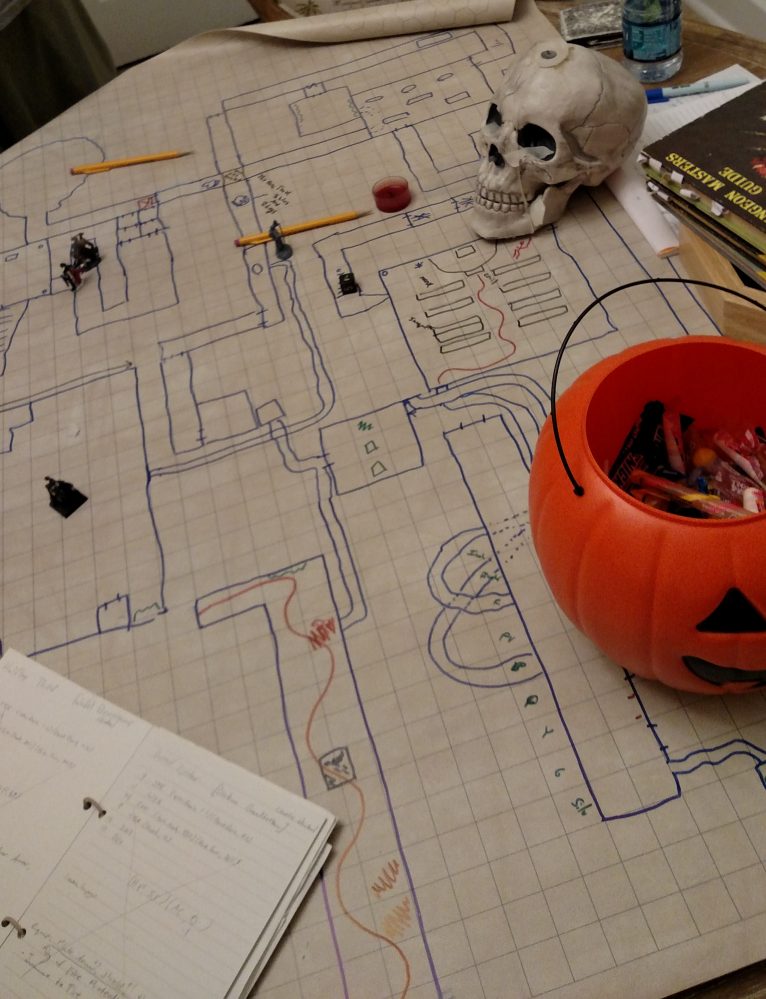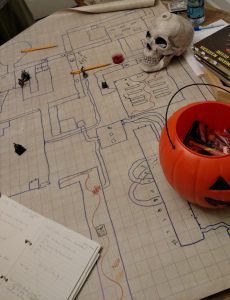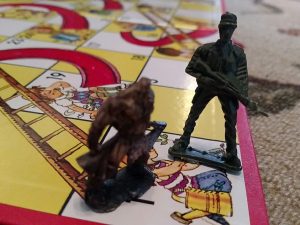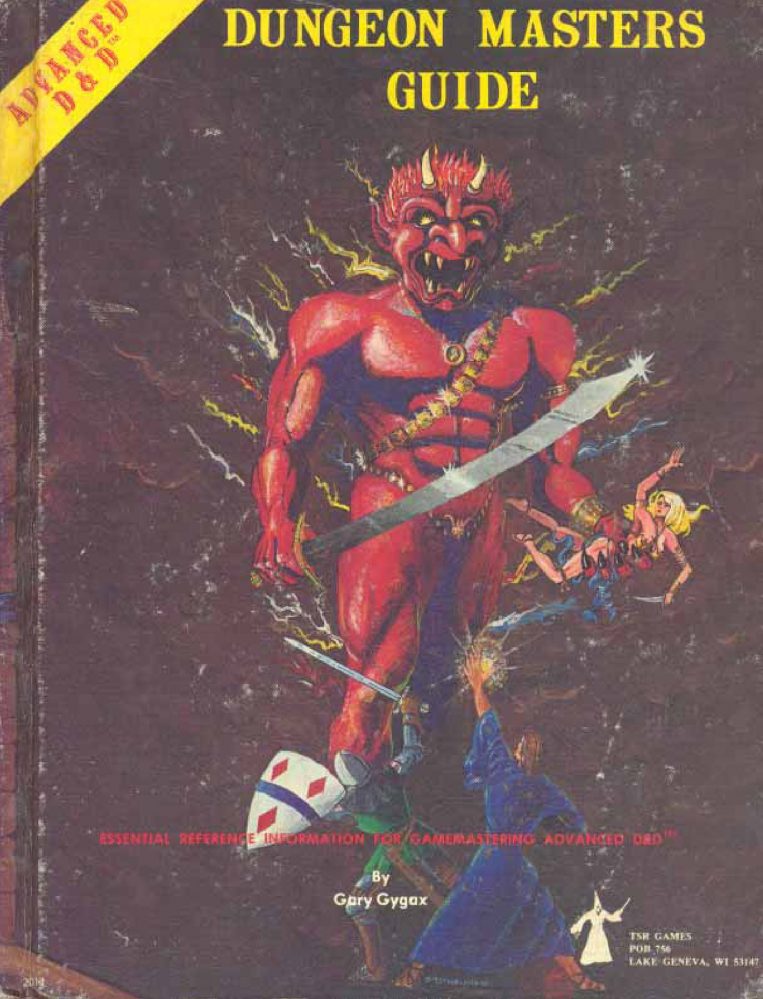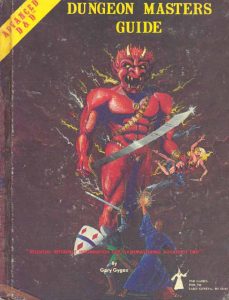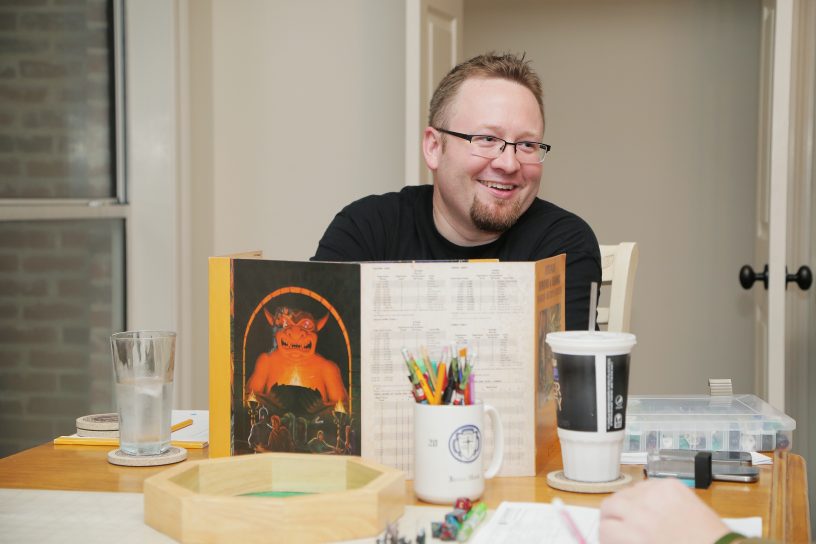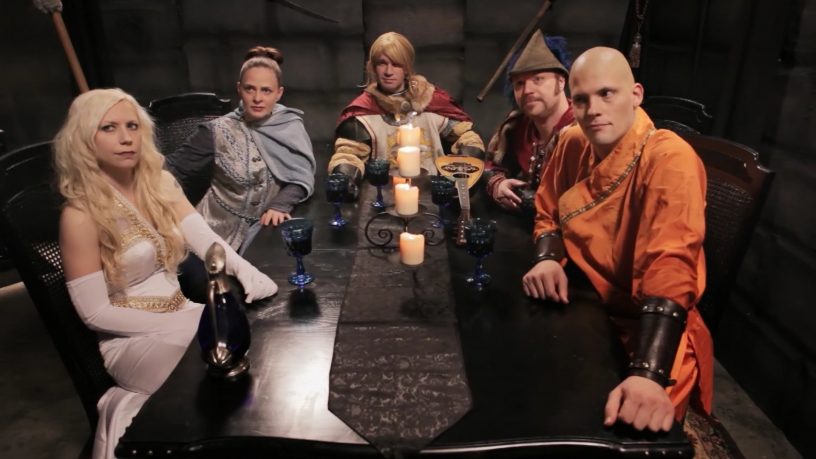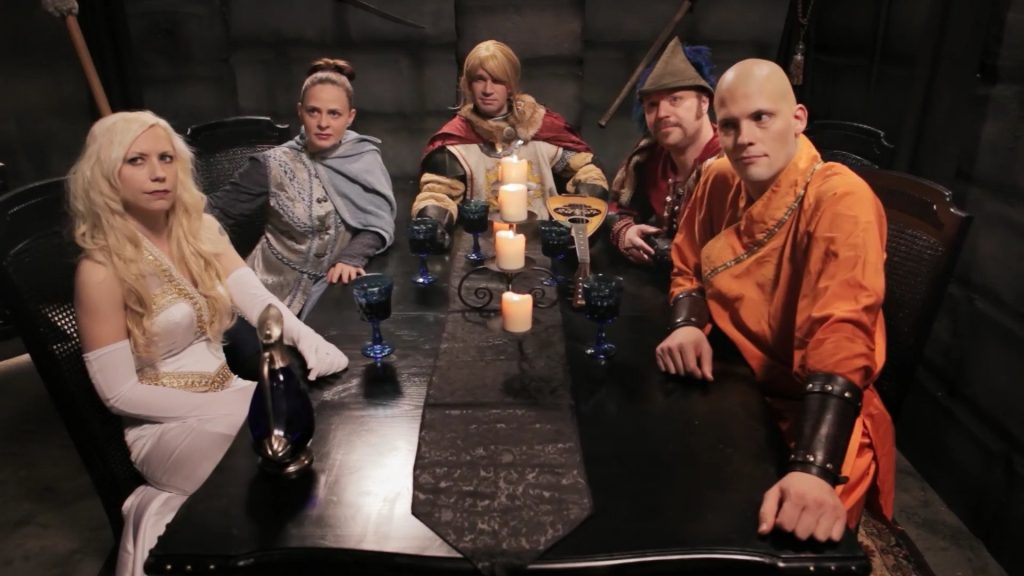Just wanted to pop in and give a quick update on my journey through AD&D, Chasing the Dragon. As a few of you know, family life has gotten complex with a third baby due in June! So between that and work, I’m having to prioritize my free time. So what does that mean for Chasing the Dragon?
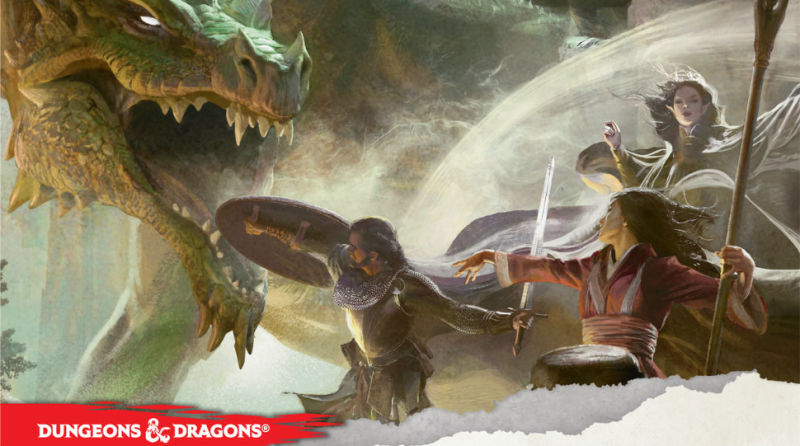
First, the online AD&D group that I’m GMing is still waging war against the Cult of the Reptile God! I anticipate that group to continue for another four sessions or so.
Second, after baby is born, I’m hoping to start another local AD&D group. I’m not sure whether I’ll be GMing or playing, nor am I sure which module we’ll be traversing. But it’s in the works.
Third, as far as madcleric.com is concerned, I’m going to give myself the freedom to post more sporadically. The video blog method seems less time-intensive at present, so I may use that as a more primary method of communicating. That said, I’m going to make an effort to be more present on Twitter to interact on all things AD&D and gaming.
While this post is (understandably) short and (unfortunately) focused on what I’m doing. I hope it will encourage you to stop and take inventory of your gaming life. Are you making sure that most important things in life are being taken care of? There’s nothing wrong with dialing the gaming back just a bit for a season. We take short breaks, so that we can fully engage again in the near future.
Thanks for your patience with me. And I look forward to chatting with you all soon. If you don’t follow me on Twitter yet, make it happen!
Disclosure of Material Connection: the links in the post above are “affiliate links.” This means if you click on the link and purchase the item, I will receive an affiliate commission. Regardless, I only recommend products or services I use personally and believe will add value to my readers. I am disclosing this in accordance with the Federal Trade Commission’s 16 CFR, Part 255: “Guides Concerning the Use of Endorsements and Testimonials in Advertising.”

